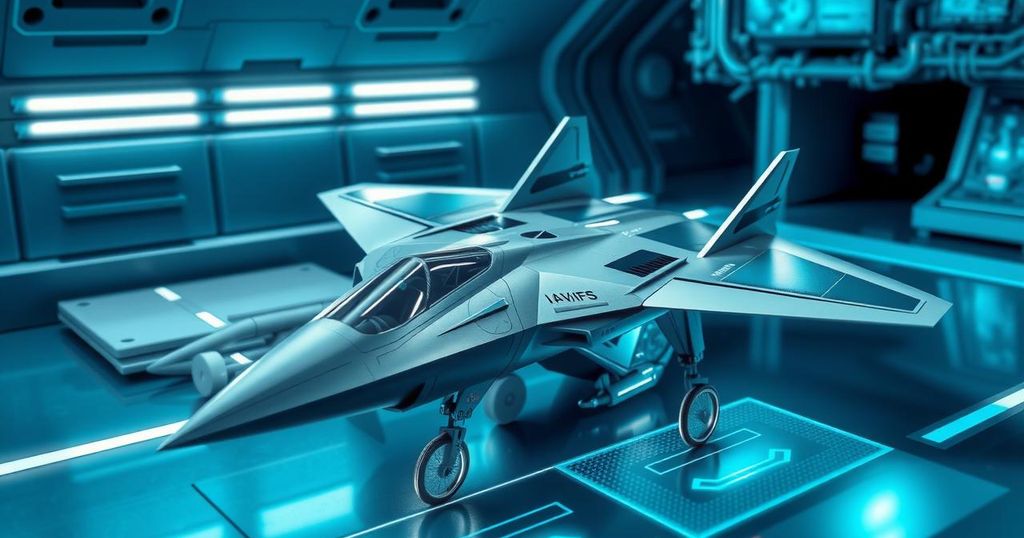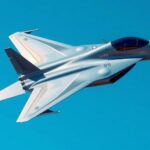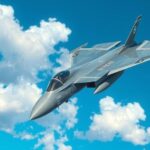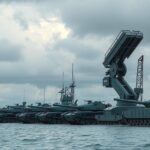US-China 6th-Gen Fighter Race: Challenges for the F-47 Development
The United States is in a competitive race with China to develop sixth-generation fighter jets, particularly the F-47. Announced by former President Trump, the project faces questions regarding delivery timelines and costs, despite the promise of advanced technologies such as stealth capabilities and drone wingmen. The NGAD program aims to replace the existing F-22 Raptor.
The race for sixth-generation fighters between the United States and China poses significant challenges regarding cost and technology. Despite the US’s advanced aerospace capabilities, the timeline for delivery and high-profile expenditures are under scrutiny, particularly concerning the new F-47 fighter.
On March 21, former President Donald Trump announced that a contract had been awarded to Boeing for the Next Generation Air Dominance (NGAD) fighter jet, intending to enhance the capabilities of the US Air Force. The fighter will incorporate advanced stealth technology coupled with collaborative combat aircraft, also referred to as drone wingmen.
During the announcement, Trump emphasized the secret testing of Boeing’s experimental X-planes over the past five years, with the inaugural flight of the F-47 reportedly occurring in 2019. Analysts predict that a contract for the F/A-XX, aimed at developing the Navy’s next-generation carrier-based fighter jet, will likely go to either Boeing or Northrop Grumman to address China’s expanding air and naval presence in the Indo-Pacific.
The NGAD program is intended to succeed Lockheed Martin’s F-22 Raptor by introducing sixth-generation fighter jets to bolster the capabilities of the US military.
In summary, the competition between the United States and China in the field of sixth-generation fighters is intensifying. While the US has positioned itself with advanced technology and ambitious plans for the F-47, challenges related to delivery timelines and cost management remain. The outcome of this program will significantly impact military capabilities in the future.
Original Source: www.scmp.com








Post Comment